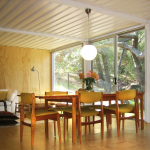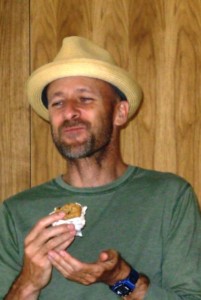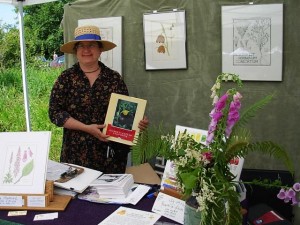
Linda Ann Vorobik, Lopez Island-based botanical artist
Sometimes, if you’re open to the experience, you meet the most amazing people in the unlikeliest of places. Earlier this month, artist Linda Ann Vorobik was my surprise encounter.
This is Part 2 of my Lopez Island story. We went camping on July 4th weekend on a lovely little island called Lopez, in the San Juan Islands of Washington State.
My friend Jennifer Cargal, who organized the camping trip, mentioned that the Farmer’s Market on Lopez was a real treat. Imagine, getting to poke around booths, sample jams and nuts, talk with artisans – all while ostensibly on a camping trip (I must add that Jennifer made the most of our visit to Lopez because we also managed to have a “mom-only” tasting at the Lopez Winery, while her husband kept an eye on all four boys – what a champ).
Turns out that the Lopez Farmer’s Market was a 2-day affair over the holiday weekend, so we went Friday and Saturday. Amid the vendors of artwork, yarn spun and died from local sheep and alpaca, jewelry, pottery and photography, I spied Linda’s display of botanical artwork.
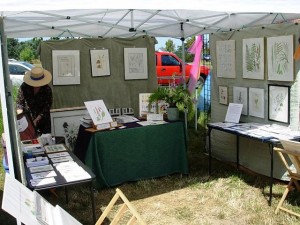
A botanical art gallery at the Lopez Island Farmer's Market
Linda is an incredibly gifted scientist and illustrator whose work has documented highly regarded field guides and botanical reference manuals. She considers all three west coast states “home,” but has returned to her family property on Lopez to live and draw and work on myriad research projects. As we spoke, I realized how broad and deep are her talents. She pretty much has the entire west coast flora population covered in her knowledge.
With a PhD from the University of Oregon, Linda conducts field research and teaches in the Siskiyou Mountains of southwestern Oregon. She also visits Berkeley on a regular basis, where she is a research associate at the University Herbarium at UC-Berkeley.
Linda is the principal illustrator of The Jepson Manual: Higher Plants of California (an expanded, updated version of which will be issued next year) and The Flora of Santa Cruz Island. She has contributed many illustrations to scientific, botanical and horticultural publications.
We started talking about Santa Cruz Island, which is the tiny, remote island I visited in California’s Channel Islands this past May with my friend Paula Panich. Linda’s illustrations of native California species that grow on Santa Cruz are just spectacular. I think we’d have to go earlier in springtime to see some of them growing in situ. But the next best thing are her watercolors. I had to purchase a set of note cards to send Paula as a reminder of the day there.
The set included Dicentra formosa (Western bleeding heart); Dicentra spectabilis (Garden bleeding heart); Calochortus catalinae (Catalina Island mariposa lily); and Calochortus splendens (Lilac mariposa lily). Check out Linda’s web site to see the incredible detail of each plant and its parts. All four of these flowers are available as cards, prints – and even a few of the original paintings are available for purchase at what seems like a pretty affordable price for original botanical art.
Okay, so the Channel Island note cards were in my basket. What next ? Oh, I couldn’t resist two cards for my new friend Marie Lincoln, owner of the Chocolate Flower Farm on Whidbey Island. Having just met Marie a few days earlier, I was thinking about her when I saw two beautiful cards with patterned fritillaria, which Linda rendered in sultry, luscious “chocolatey” hues ranging from soft green to deepest plum. Fritillaria affinis (Chocolate lily) appears in several coastal Pacific Northwest locations. As Linda writes on her web site: “If you are lucky enough to encounter them, take a peek into their enchanting nodding bells to see six bright yellow stamens with a background of green and brown checker-painted petal color.”
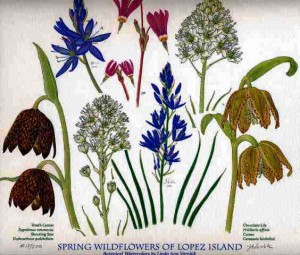
Spring Wildflowers of Lopez Island
Finally, all this gift-giving for my garden friends made me yearn for something of Linda’s to bring home to my Southern California walls. The perfect print was there in her little open-air gallery. It symbolized the happiness I experienced on Lopez, as I enjoyed nature, good companionship, the laughter and boisterous activities of children, eating food around the fire, and pure summer.
Linda’s print: “Spring Wildflowers of Lopez Island,” features several of her botanical watercolors together: Zygadenus venenosus (Death camas – prettier than its name suggests); Dodecatheon pulchellum (Shooting star), Camassia leichtlinii (Camas) and the two gorgeous chocolate lilies. Just looking at this print today makes me smile.
If you have any inclination to learn more about botanical art, you’ll be pleased to know that Linda teaches workshops all around the west, including classes scheduled for the Berkeley area this September. Read about them here.
It’s these small souvenirs that become touchstones for so many of our memories. That’s why I brought home a pocketful of smooth pebbles, gathered from the shore of Lopez Island. They are piled on my nightstand where I can be sure to see them – at least twice a day.









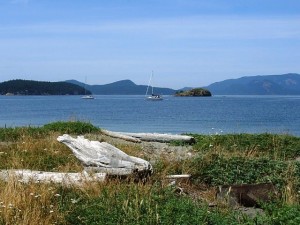
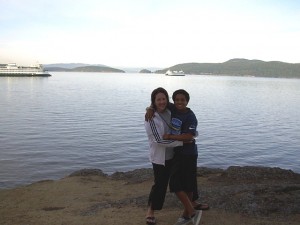
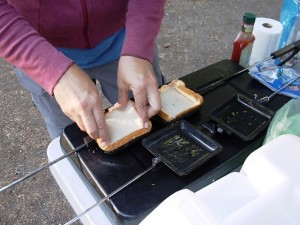
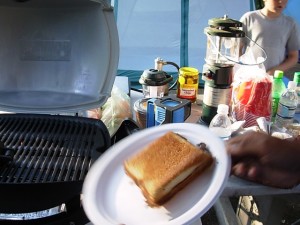
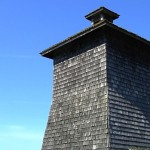
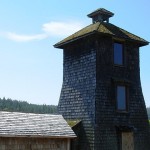
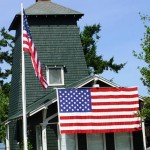
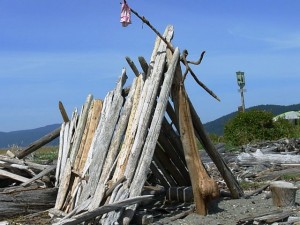
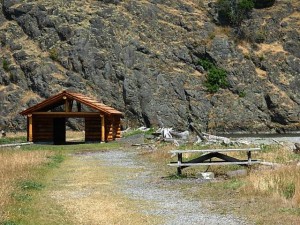
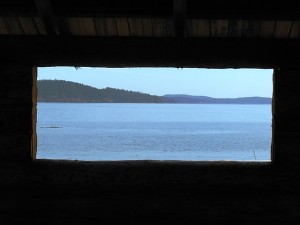
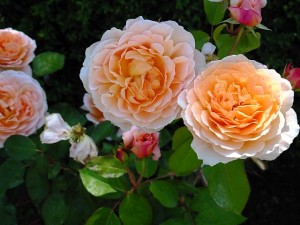
![erinbenzakein001 From our piece in Sunset: Erin with her son Jasper [David Perry photograph]](https://www.slowflowerspodcast.com/wp-content/uploads/2009/03/erinbenzakein001-237x300.jpg) In addition to the essays in Flower Confidential, I have Erin Benzakein to thank for my education about seasonal, sustainable and local flower-growing. Erin owns
In addition to the essays in Flower Confidential, I have Erin Benzakein to thank for my education about seasonal, sustainable and local flower-growing. Erin owns 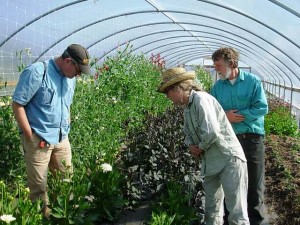
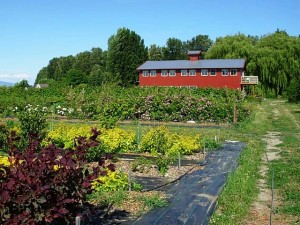
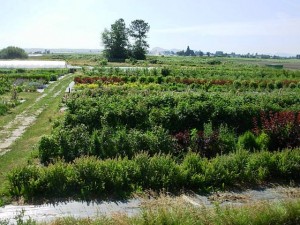
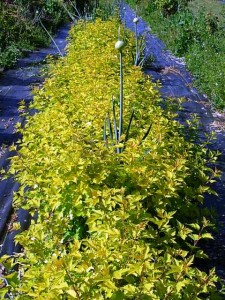
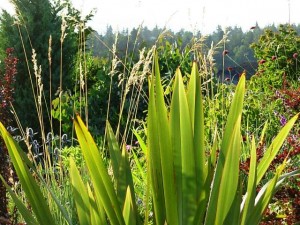
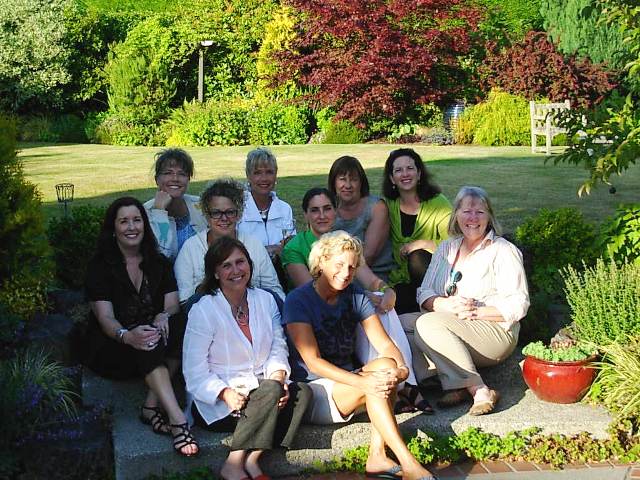
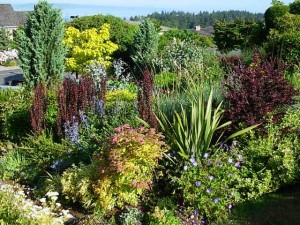
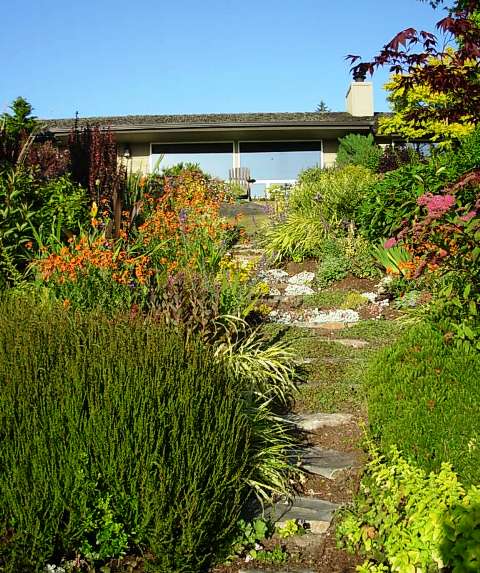
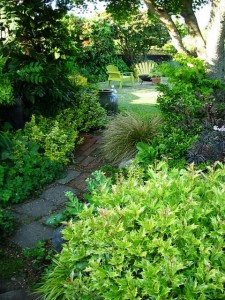
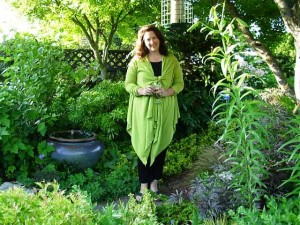
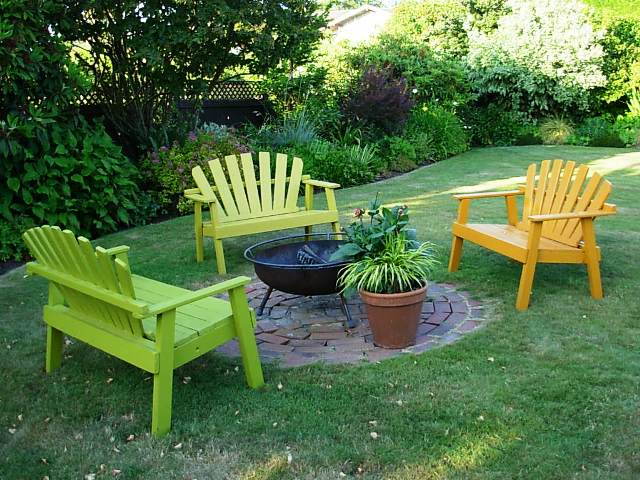
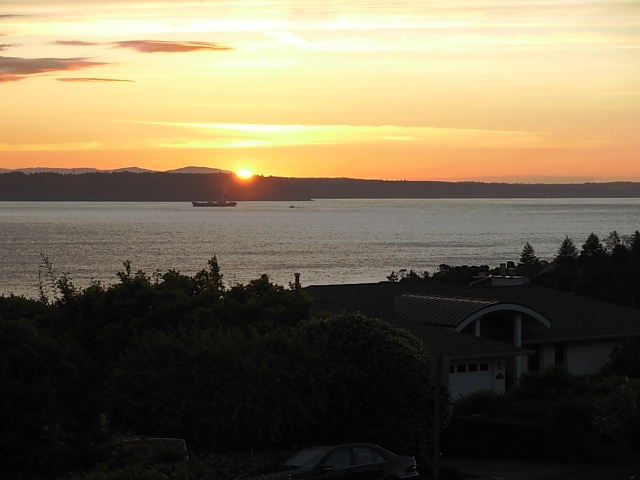
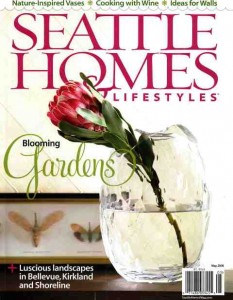 Water-Wise & Wonderful: Lessons from a lush, low-water landscape
Water-Wise & Wonderful: Lessons from a lush, low-water landscape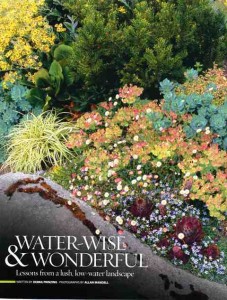 That it’s also gorgeous offers an inspiring lesson to countless young designers and students who have taken Stacie’s classes through the Saving Water Partnership, a consortium of local water districts.
That it’s also gorgeous offers an inspiring lesson to countless young designers and students who have taken Stacie’s classes through the Saving Water Partnership, a consortium of local water districts.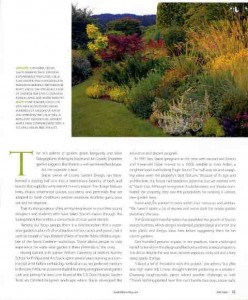 Stacie and Jon wanted to work within their resources and abilities. “We haven’t spent a lot of money and we’ve built the whole garden ourselves,” she says.
Stacie and Jon wanted to work within their resources and abilities. “We haven’t spent a lot of money and we’ve built the whole garden ourselves,” she says.
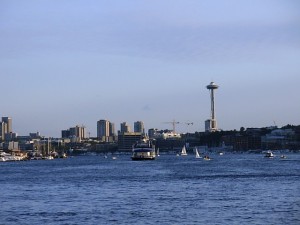
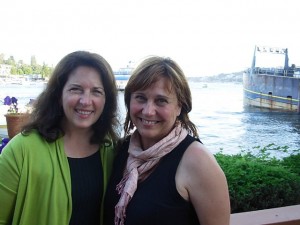
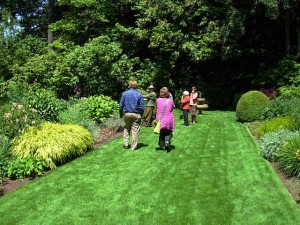
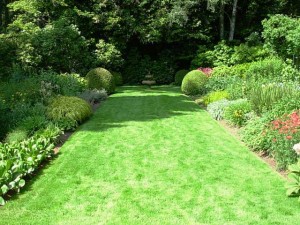
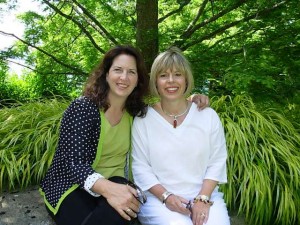
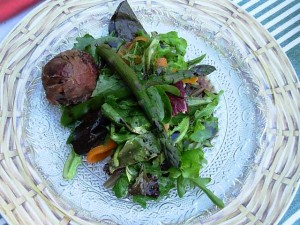
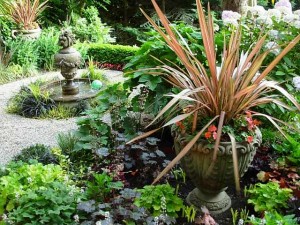
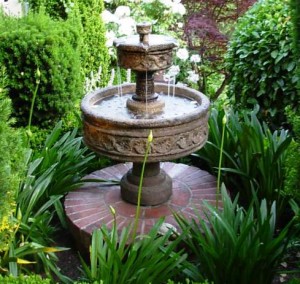
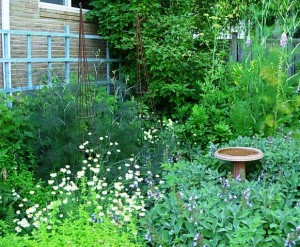
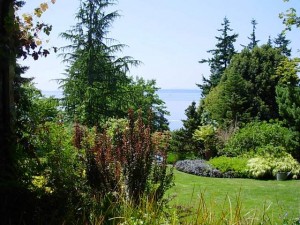
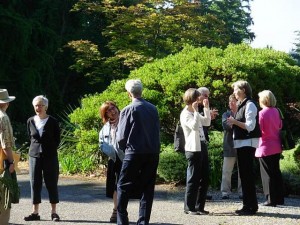
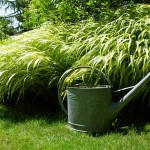
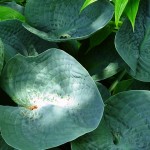
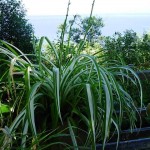
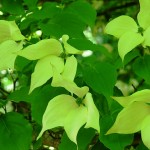
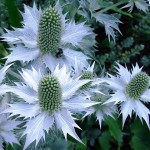
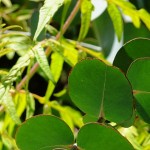

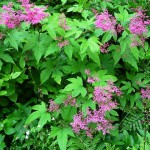
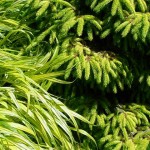
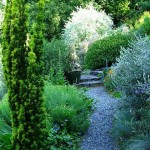
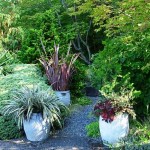
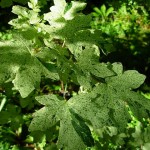
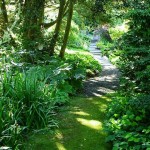

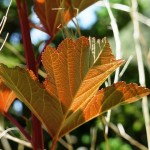
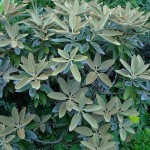
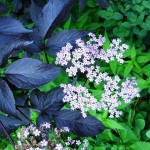
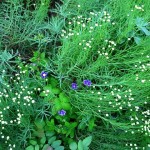
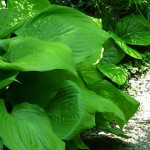
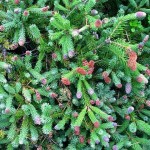
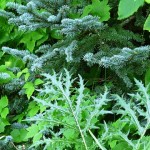
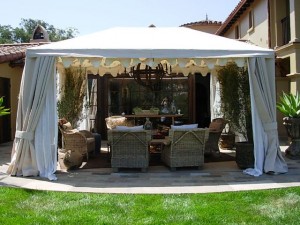
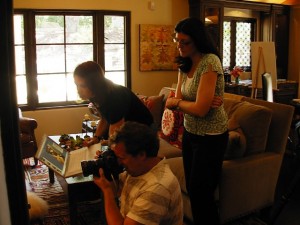
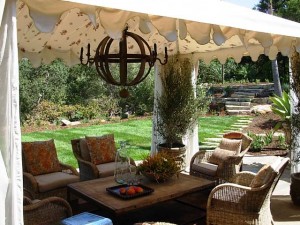
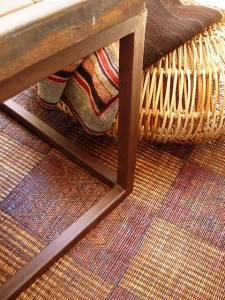
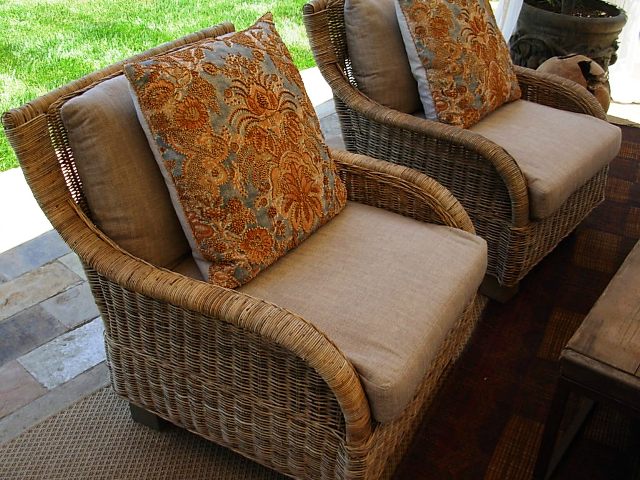 Seating: Deborah selected wicker occasional chairs and piled them high with eclectic textile pillows and basic driftwood-colored linen cushions. The chairs evoke life at the beach, from Porch in Carpinteria.
Seating: Deborah selected wicker occasional chairs and piled them high with eclectic textile pillows and basic driftwood-colored linen cushions. The chairs evoke life at the beach, from Porch in Carpinteria. Textiles: Pillows galore lend one-of-a-kind interest and beautiful textures. They tell a narrative of an owner who has traveled widely and who loves to pair old with new; worn with polished; rustic with refined. Pillows from Upstairs at Pierre LaFond and Rooms & Gardens, both in Santa Barbara.
Textiles: Pillows galore lend one-of-a-kind interest and beautiful textures. They tell a narrative of an owner who has traveled widely and who loves to pair old with new; worn with polished; rustic with refined. Pillows from Upstairs at Pierre LaFond and Rooms & Gardens, both in Santa Barbara.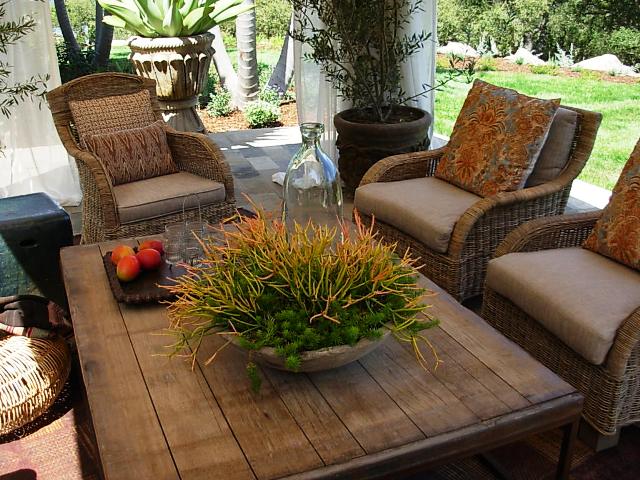 Tables: Weathered and worn, the plank-topped coffee table is large enough to do double-duty as an al fresco dining table. It is by Brick Maker, available at Porch.
Tables: Weathered and worn, the plank-topped coffee table is large enough to do double-duty as an al fresco dining table. It is by Brick Maker, available at Porch.
 Lantern: Okay, the over-sized lantern is a gorgeous thing to behold. I love, love, love that Deborah went BIG in scale in selecting this element of her design. It is called a “Wine Stave” chandelier, made from old wine barrels. You can kind of see the influence in the wood rings. I wish I could have photographed it while lit, but if you squint, you’ll get the idea. This lamp-chandelier makes the design sing! It’s from Porch.
Lantern: Okay, the over-sized lantern is a gorgeous thing to behold. I love, love, love that Deborah went BIG in scale in selecting this element of her design. It is called a “Wine Stave” chandelier, made from old wine barrels. You can kind of see the influence in the wood rings. I wish I could have photographed it while lit, but if you squint, you’ll get the idea. This lamp-chandelier makes the design sing! It’s from Porch.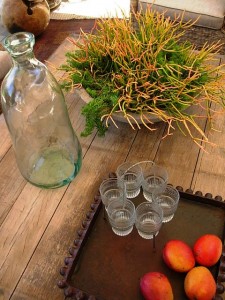
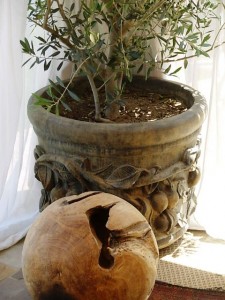
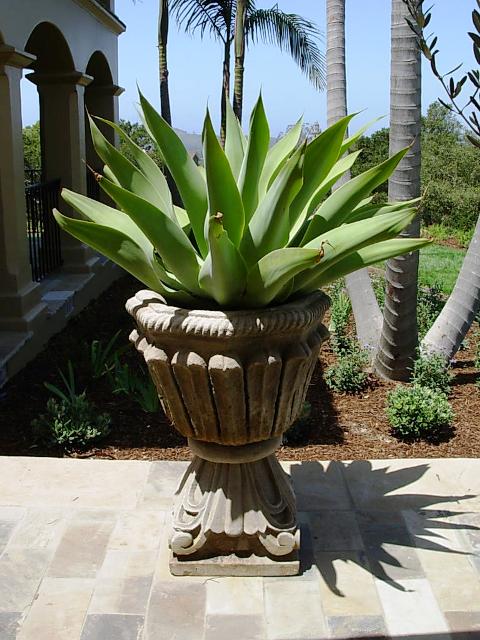 Plants: Drama is key. Each plant needs to have presence in the space, almost as sculpture. The mature Agave, potted in a cast concrete urn, is one example. (Above): The cast-concrete bowl, planted with Euphorbia ‘Sticks of Fire’ is another.
Plants: Drama is key. Each plant needs to have presence in the space, almost as sculpture. The mature Agave, potted in a cast concrete urn, is one example. (Above): The cast-concrete bowl, planted with Euphorbia ‘Sticks of Fire’ is another.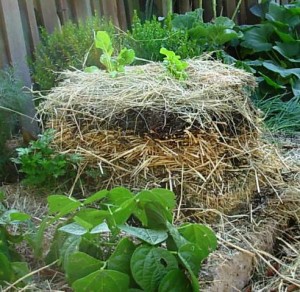
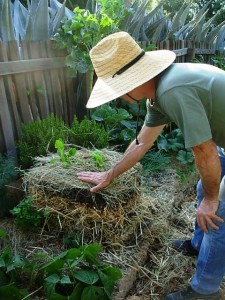
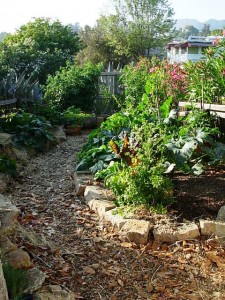
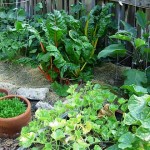 As I’ve mentioned here before, some people learn by reading or doing, but I tend to learn by writing about something. I fall in love with each tree or flower I find myself writing about. I become fascinated with a style, a material, a project as I craft the narrative piece that will be published and read by others.
As I’ve mentioned here before, some people learn by reading or doing, but I tend to learn by writing about something. I fall in love with each tree or flower I find myself writing about. I become fascinated with a style, a material, a project as I craft the narrative piece that will be published and read by others.  The 6th annual CA Boom Show
The 6th annual CA Boom Show 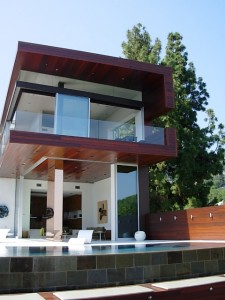
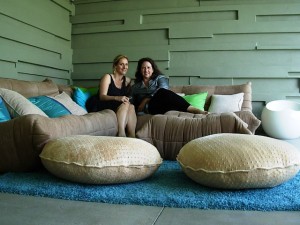
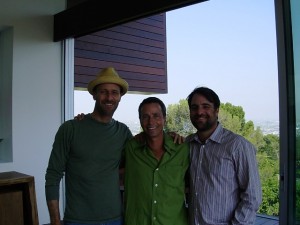
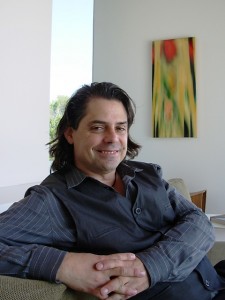 I sat down with Charles Trotter (right), founder and producer of CA|Boom, and asked him how things were shaping up for next weekend’s show:
I sat down with Charles Trotter (right), founder and producer of CA|Boom, and asked him how things were shaping up for next weekend’s show: